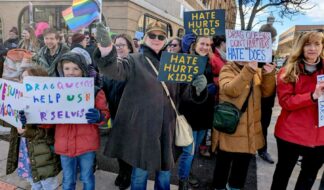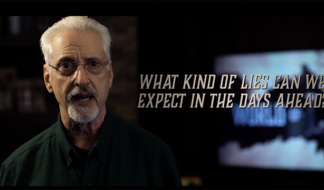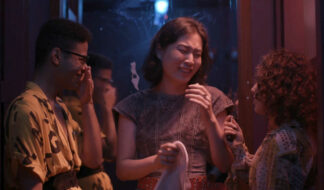Taking care of someone who is incapacitated may be one of the greatest challenges we are called upon to face. It requires deep reservoirs of dedication, patience, strength and compassion. It can also require extensive resources – financially, physically and spiritually.
However, the surprising results of a recent study on LGBT aging show that LGBT people are far more likely to become caregivers than the general population. "Out and Aging: The MetLife Study of Lesbian and Gay Baby Boomers" found that 25 percent said they had provided care for an adult friend or family member in the last six months, compared with just one in five in previous general population studies.
The study also found that the differences between men and women in the study group, as both caregivers and with respect to attitudes toward aging, varied from those in the general population. Roughly the same proportion of men and women in the LGBT group were caregivers. This is in contrast to findings in previous general population studies showing that between 25 percent and 44 percent of caregivers are men. In addition, men and women in the LGBT population perform roughly the same caregiving tasks, compared with men and women overall. Gay men are more likely to assist with personal care, whereas men in the general group are more likely to help with paperwork and paying bills.
LGBT baby boomers anticipate – hope – that there will be someone there for them when they are no longer able to care for themselves. We have fewer children than the general population, so we need to create networks of support with our friends and families of choice. In this special Personal Finance issue we write about the unique financial planning challenges that face LGBT boomers. We are challenged not only to plan for our own future, but we also have to consider the likelihood of becoming a caregiver for someone else, a situation that could strain financial resources to the breaking point. It would be wise to give some forethought to how our caregiver role would work – financially, emotionally, spiritually and physically.
When the AIDS epidemic attacked the gay male community in the 1980's, countless LGBT partners, friends, families of choice and committed volunteers stepped up to fill a void that the established medical community was neither willing nor able to fill. Through those dark days of sickness, fear and death we built extended families and organizations that provided care and solace. We proved we love and care for each other enough to make a real difference in the quality of life for our brothers and sisters with HIV/AIDS.
No one likes to think about becoming old and frail, or to think of their friends and loved ones as potential caregivers or persons needing care. But we have an advantage as LGBT people because we already have the history, the experience and the creativity in building new family structures. We care for each other and our families, it is part of our community's culture. As the boomers get older, the LGBT community will be challenged again to step up. If history is a key to the future, LGBT elders will be caring for each other in ways that will serve as a model for the larger community.
Topics:
Uncategorized









